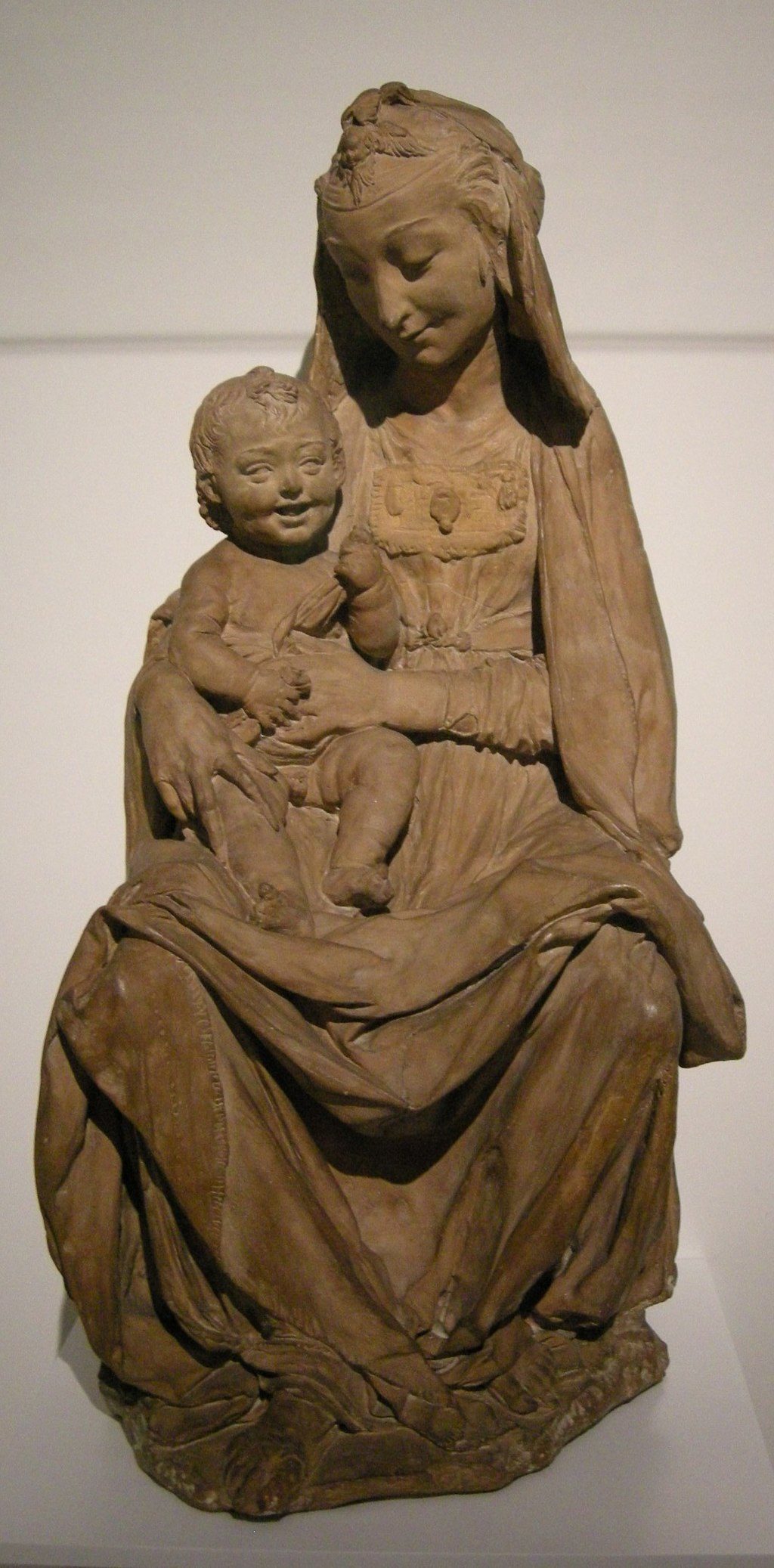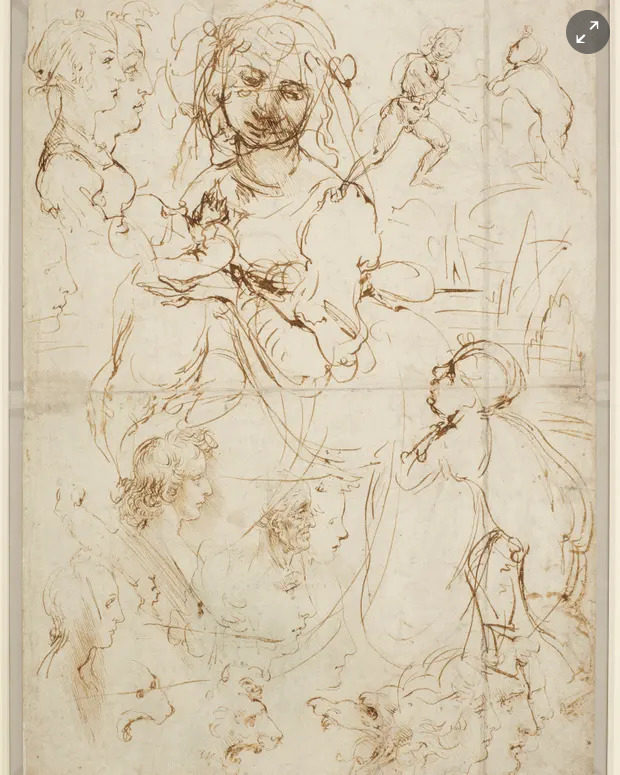
It's always been part of Leonardo's legend that he made sculptures, including a giant horse, but not a single extant three-dimensional work by him had been identified.
The Virgin with the Laughing Child is the miraculous exception, according to the curators of the exhibition Verrocchio: Master of Leonardo, at Palazzo Strozzi, where it has just gone on display. It has an unambiguous label: Leonardo da Vinci. He is said to have created it around 1472, when he was 19 or 20 and a pupil of the Florentine artist Andrea del Verrocchio.
The UK has a special interest in the find, which has belonged to the V&A since 1858 but had long been credited to another artist, Antonio Rossellino. That is because scholars had been bamboozled by the posthumous authority of the late art historian and British Museum director John Pope-Hennessy, according to Francesco Caglioti, the Italian academic who is leading the new attribution.
Caglioti, who teaches at Naples University, is well known among Renaissance experts for his unrivalled knowledge of 15th-century sculpture: an art history prodigy who made a catalogue of the Louvre when he was eight.
Victorians had no difficulty seeing the Leonardo-esque look of the V&A treasure, he said. The Virgin Mary looks down at the Christ child on her lap with what may be the prototype of all the enigmatic smiles in Leonardo's art, the most famous of which is the Mona Lisa's.
Pope-Hennessy, a hugely powerful 20th-century expert, pronounced that the sculpture was by Rossellino, and that was that. But he had no real evidence for his ruling, claimed Caglioti, and heavily promoted Rossellino, to whom he attributed works "at his whim".
Awestruck journalists at the press viewing of Verrocchio: Master of Leonardo gathered around the 50cm-tall red clay sculpture in its protective vitrine while Caglioti expounded why he thought it was 100% Leonardo.
Revered Leonardo scholar Carmen C Bambach, from the Metropolitan Museum in New York, was also there to support the claim.
They focus on two crucial details. First, the voluminous, complicated draperies that flow over the Madonna's legs are similar to drawings of draperies Leonardo was making at the time. These drawings, exhibited in the Strozzi show, are almost obsessive studies of abstract folds and shadowy recesses. Caglioti and Bambach believe they can see the same qualities in the sculpture.
Second, there's the face of the baby Christ and his realistic, well-observed pose. He looks alive. That same attention to young children's actual behaviour can be seen in Leonardo's drawings. Yet portraying a laughing Christ in the 15th century was not only radical, but practically blasphemous.
In a passage in Leonardo's notebooks, he remembers getting into trouble when younger for portraying the infant Christ. Could this be the work that got him in hot water?
The V&A is cautious, saying only: "A potential attribution to Leonardo da Vinci was first proposed in 1899, so Professor Caglioti's study opens up the discussion of its authorship afresh."
Yet if this sensational new attribution wins acceptance, it will ironically mean that just as Britain leaves the EU, its public art collections are once again proved to be among the finest depositories of Europe's cultural heritage.




Comment: If true, it wouldn't be the first time Leonardo's work was said to contain "blasphemous" details:
- Virgin of the rocks: A subversive message hidden by Da Vinci
- The mystery of Leonardo's two Madonnas
- Is God's face in Leonardo da Vinci's work?
Also check out SOTT radio's: